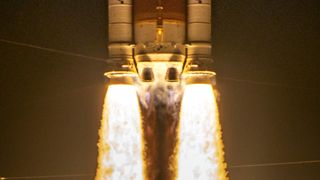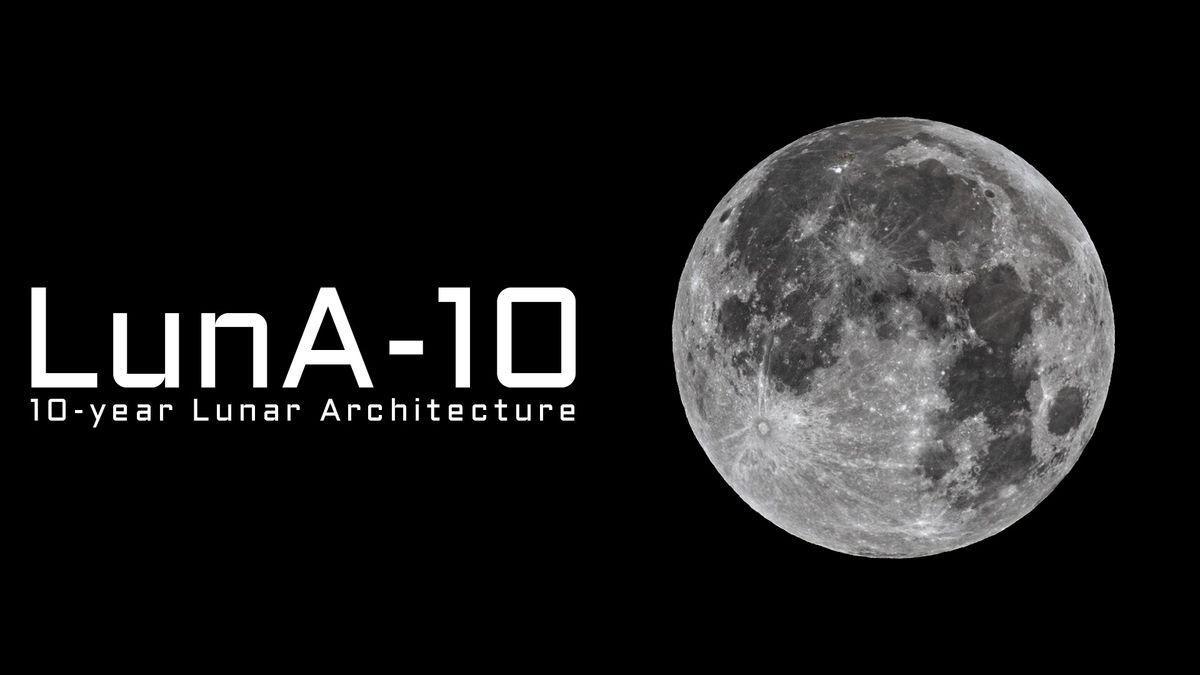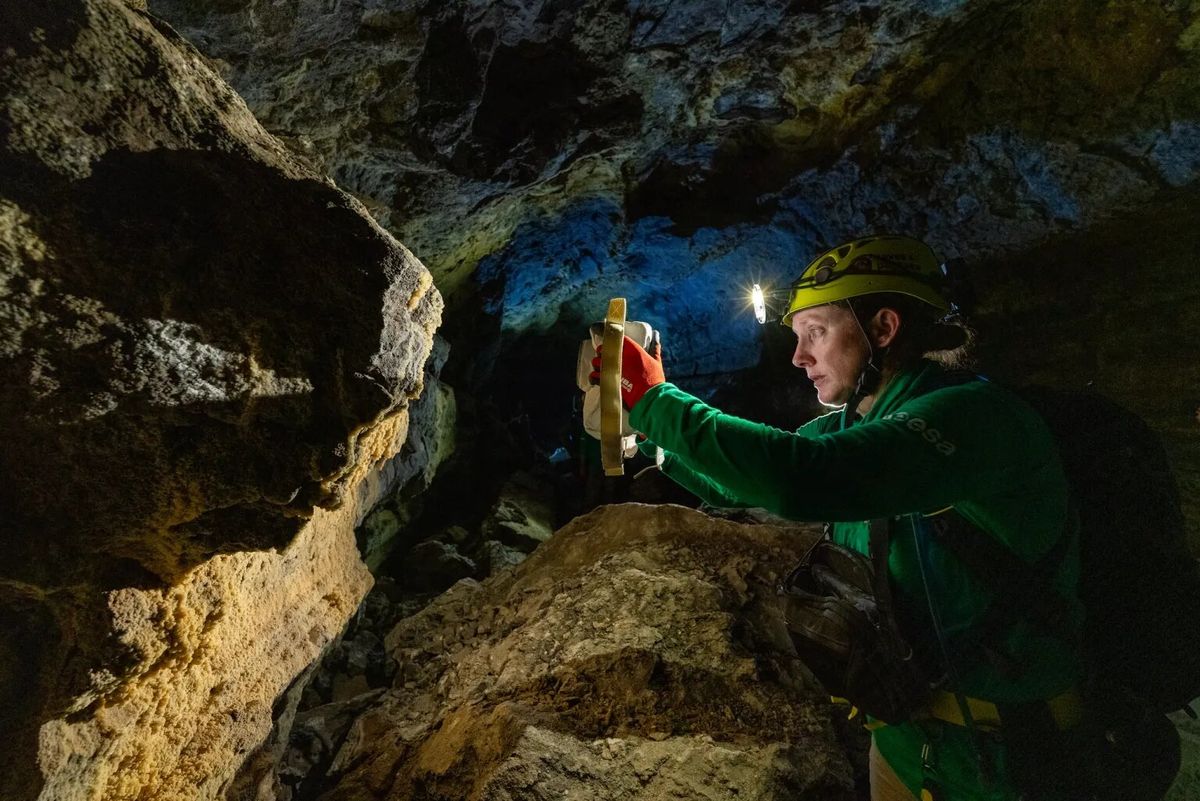NASA”s Volatiles Investigating Polar Exploration Rover (VIPER) has earned its “neck” and “head,” aka its “mast,” meaning it now stands proudly at 8 feet (2.4 meters) tall. The photo below, taken in a clean room at NASA’s Johnson Space Center earlier this month, shows progress on quite the impressive robot. It is expected to take a trip to the South Pole of the moon later this year, embarking on a 100-day mission. The mission will involve learning more about water on the moon and gleaning what other resources may be…
Read MoreTag: The moon
Why is it so hard to send humans back to the moon?
Between 1969 and 1972, the Apollo missions sent a total of a dozen astronauts to the surface of the moon — and that was before the explosion of modern technology. So why does it seem like our current efforts, as embodied by NASA’s Artemis program, are so slow, halting and complex? There isn’t one easy answer, but it comes down to money, politics and priorities. Let’s start with the money. Yes, the Apollo missions were enormously successful — and enormously expensive. At its peak, NASA was consuming around 5% of…
Read MoreA NASA spacecraft spotted something weird orbiting the moon. It was just a lunar neighbor (photos)
NASA’s Lunar Reconnaissance Orbiter (LRO) snapped a perfectly timed photo as it crossed paths with another spacecraft orbiting the moon. The LRO, which has been orbiting the moon for 15 years, captured several images of the Korea Aerospace Research Institute’s Danuri lunar orbiter as the two spacecraft, traveling in nearly parallel orbits, zoomed past each other in opposite directions during three orbits between March 5 and March 6, according to a statement from NASA. Danuri, the Republic of Korea’s first moon-explorer, has been in lunar orbit since December 2022. At…
Read MoreWhat happened when the moon ‘turned itself inside out’ billions of years ago?
Over 4.2 billion years ago, the moon turned itself inside out to create the lunar surface that has become familiar to humanity. Most scientists would agree the moon was created around 4.5 billion years ago, when another massive body in the solar system smashed into Earth, flinging molten material into space that coalesced as our natural satellite. How the birth of the moon proceeded after this violent start, however, has been described as “more of a choose-your-own-adventure novel” by a team of scientists from the University of Arizona’s Lunar and…
Read MoreAstronomers call for radio silence on the far side of the moon
There’s a growing and passionate call for preserving radio silence on the far side of the moon. A first-of-its-kind international symposium is being held this week, turning up the volume to mull over the prospect of protecting real estate on the moon’s far side exclusively for dedicated scientific purposes. Despite the moon being surrounding by a vacuum, there’s an air of urgency to the meeting. Held under the auspices of the International Academy of Astronautics (IAA), the first IAA Moon Farside Protection Symposium is taking place March 21-22 in Turin,…
Read MoreDARPA picks Northrop Grumman to develop ‘lunar raiload’ concept
Railroads could open the moon to serious and sustained economic development, as they did in the American West in the late 19th century. That’s apparently the hope of the U.S. Defense Advanced Research Projects Agency (DARPA), which is supporting the development of a “lunar railroad” concept proposed by aerospace giant Northrop Grumman. “The envisioned lunar railroad network could transport humans, supplies and resources for commercial ventures across the lunar surface, contributing to a space economy for the United States and international partners,” Northrop Grumman representatives wrote in a press statement…
Read MoreThe next chapter of lunar exploration could forever change the moon — and our relationship to it (op-ed)
Aparna Venkatesan is an astronomer and dark-sky advocate in the Department of Physics and Astronomy at University of San Francisco. John Barentine is an astronomer, historian, author, science communicator, and founder of Dark Sky Consulting, LLC. For as long as there have been humans, the moon has been a calendar, ancestor, ritual, inspiration, and origin story for humanity. Its monthly and subtler generational cycles have been — and are still — painstakingly recorded and celebrated by cultures around the world since prehistoric times. These recurring sequences include the “major lunar…
Read MoreNASA taps Nikon cameras to help Artemis astronauts photograph the moon
When the Apollo astronauts snapped some 18,000 photographs on the moon in the 1960s, they did so with some very 1960s camera technology. Lacking viewfinders, the astronauts had to attach their cameras to their spacesuits’ chests. Reliant on photographic film, the astronauts needed separate equipment entirely to capture video. If all goes to plan, Artemis astronauts will soon be taking their own trips to the moon. As such, NASA plans to equip them with some very 2020s camera technology — and the space agency will do so with the help…
Read MoreCould tardigrades have colonized the moon?
This article was originally published at The Conversation. The publication contributed the article to Space.com’s Expert Voices: Op-Ed & Insights. Laurent Palka is a microbiologist at France’s National Museum of Natural History. Just over five years ago, on 22 February 2019, an unmanned space probe was placed in orbit around the Moon. Named Beresheet and built by SpaceIL and Israel Aerospace Industries, it was intended to be the first private spacecraft to perform a soft landing. Among the probe’s payload were tardigrades, renowed for their ability to survive in even the harshest climates.…
Read MorePrivate Odysseus moon lander broke a leg during historic touchdown. ‘He’s a scrappy little dude.’ (new photos)
Intuitive Machines’ Odysseus moon lander overcame a number of hurdles during its epic touchdown last week, including one or more broken legs. The 14-foot-tall (4.3 meters) Odysseus settled onto the gray dirt near the moon‘s south pole on Thursday (Feb. 22), pulling off the first American lunar landing since the Apollo 17 mission in 1972. But Odysseus’ touchdown was a bit rough. Thanks to an issue with its navigation equipment, the six-legged lander came down faster than expected, onto a patch of lunar ground that was higher in elevation than…
Read More



